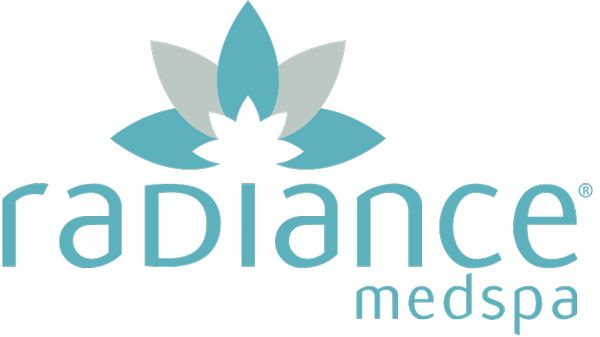![]() Original Article By Elizabeth Siegel
Original Article By Elizabeth Siegel
You're looking very (a+b)/a = a/b = 1.618... = Φ today. That's a compliment...and an actual, if ancient, equation for calculating beauty-in art, in architecture, in human faces. And you can thank the Greek mathematician Euclid for the formula, often called the Golden Ratio. Recently, Amber Heard and Kim Kardashian were deemed the most beautiful-sorry, the most Φ-women in the world by a London-based plastic surgeon who funneled the size of their lips, cheeks, and eyebrows into that exact equation.
Of course, it's odd when beauty becomes that reductive. It's unsettling. It's disconcerting. And it's for sale. Provided you don't have a fear of needles, it's never been more possible-or popular-to inject your way to Euclid's ideal proportions. Arched eyebrows, pronounced cheekbones, Instagrammable lips...“Patients ask me for more symmetrical features all the time,” says Ranella Hirsch, a dermatologist in Boston, who points out that a little asymmetry usually looks more natural. “The problem is you can't take 'textbook pretty' features and put them on everyone's face.”
Meaning the problem is that you can. And we are. In other words, welcome to Stepford, people.
There they are on Bravo, the plumped lips. And on Instagram, the rounded cheeks. And at your local Starbucks, the frozen foreheads. “It's manipulating your own features and creating this weird new look in the process,” says Amy Wechsler, an assistant clinical professor of dermatology at SUNY Downstate Medical Center in New York City. Wechsler is also an adjunct assistant clinical professor of psychiatry at Weill Cornell Medical College in New York City. And on that front, well: “This manipulation is messing with our minds. You walk into a room and you're not sure how old anyone is anymore-no one necessarily looks younger, but everyone looks the same.”
Dermatologists and plastic surgeons across the country are seeing it happen-yes, in many cases, they're also making it happen-and everyone we spoke with agreed: It's a little freaky.
Now, if you'll forgive an editorial aside: It's our idiosyncrasies that make us unique, our imperfections that make us interesting. Our flaws, our stumbles, our smile lines, our split ends-these are part of who we are, and to some extent, part of the human condition. And what's recently been happening between patients and needles is an affront to so-called imperfections everywhere. It's Lauren Hutton without the gap in her teeth. It's Barbra Streisand without a bump on her nose. It's Cindy Crawford without the mole above her lip. It's what Doris Day, a clinical associate professor of dermatology at NYU Langone Medical Center in New York City, ominously calls "the new sameness."
Don't believe it? Last year alone, we were injected more than 6.6 million times, according to the American Society for Aesthetic Plastic Surgery. Let's try that again. 6.6 MILLION TIMES. That's a nearly 40 percent increase from just five years ago. “The more you see this look-which is all over social media-the more accepted it becomes and the more people are OK with it,” says Jessica Wu, an assistant clinical professor of dermatology at the University of Southern California's Keck School of Medicine in Los Angeles. That is to say, the baseline has shifted. What looked uncomfortably taut and full a few years ago barely merits a second glance today. And it begs the question: What level of intervention will be unremarkable by 2020? When enough people do something, it's amazingly easy to let it go unchallenged. Lemmings on a precipice.

